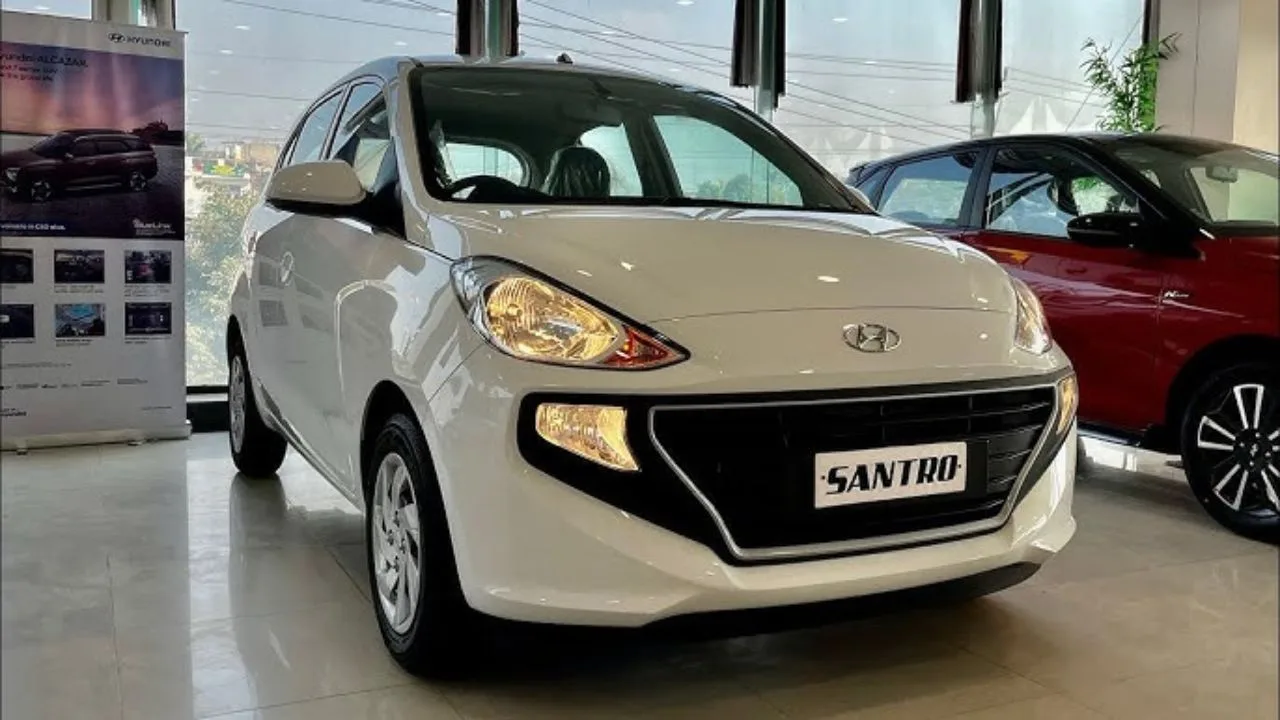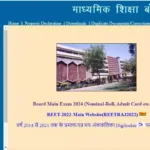The Hyundai Santro carries a unique history in the Indian market, spanning across two distinct generations with a gap in between. Launched initially in 1998, the first iteration quickly gained popularity for its affordability and reliability, becoming a household name. After a hiatus of four years, the Santro nameplate returned in 2018, catering to the modern city car buyer. Let’s delve into the story of the Hyundai Santro and its impact on the Indian automotive landscape.
The First Generation: A Trusted Companion (1998-2014)
The first-generation Santro, also known as the Atos Prime in some markets, arrived in 1998. It replaced the Santro Xing, aiming to offer a more refined and feature-rich experience. The car was offered in both petrol and CNG options, catering to a wider audience looking for fuel efficiency. Its 1.1-liter Epsilon engine, while not powerful, was known for its low running costs and durability.
The Santro carved a niche for itself in the competitive Indian hatchback segment with its spacious cabin, comfortable ride, and low maintenance requirements. It became a popular choice for small families and first-time car buyers due to its value proposition. Additionally, the car’s iconic tallboy design, inspired by the Maruti Wagon R, offered good headroom and visibility, further adding to its appeal.
A Brief Hiatus and a Modern Return (2014-2022)
In 2014, Hyundai discontinued the Santro in India, focusing on their other hatchback offerings like the i10 and Grand i10. However, in October 2018, the Santro nameplate made a comeback, replacing the aging Eon. This second-generation Santro was designed to be a modern city car, featuring a refreshed design, updated features, and improved safety standards.
The new Santro borrowed elements from the Grand i10 platform, offering more space and a comfortable ride. It was equipped with a 1.1-liter Kappa engine, available in both petrol and CNG versions, delivering enhanced performance and fuel efficiency compared to its predecessor. In terms of features, the car offered a touchscreen infotainment system, air conditioning, and airbags, catering to the evolving demands of the market.
A Legacy of Affordability and Reliability
Despite having two distinct generations, the Hyundai Santro carries a consistent legacy of affordability and reliability. The first generation is still revered by many owners for its low running costs and trouble-free operation. The second generation, although discontinued in 2022, offered a modern take on the classic Santro experience, maintaining its focus on practicality and value.
While the Santro may not be the most powerful or feature-rich car on the market, it has carved a niche for itself by offering a well-rounded package at an accessible price point. Its two distinct generations have cemented its position as a trusted companion for many Indian families, leaving a lasting impact on the nation’s automotive history.



